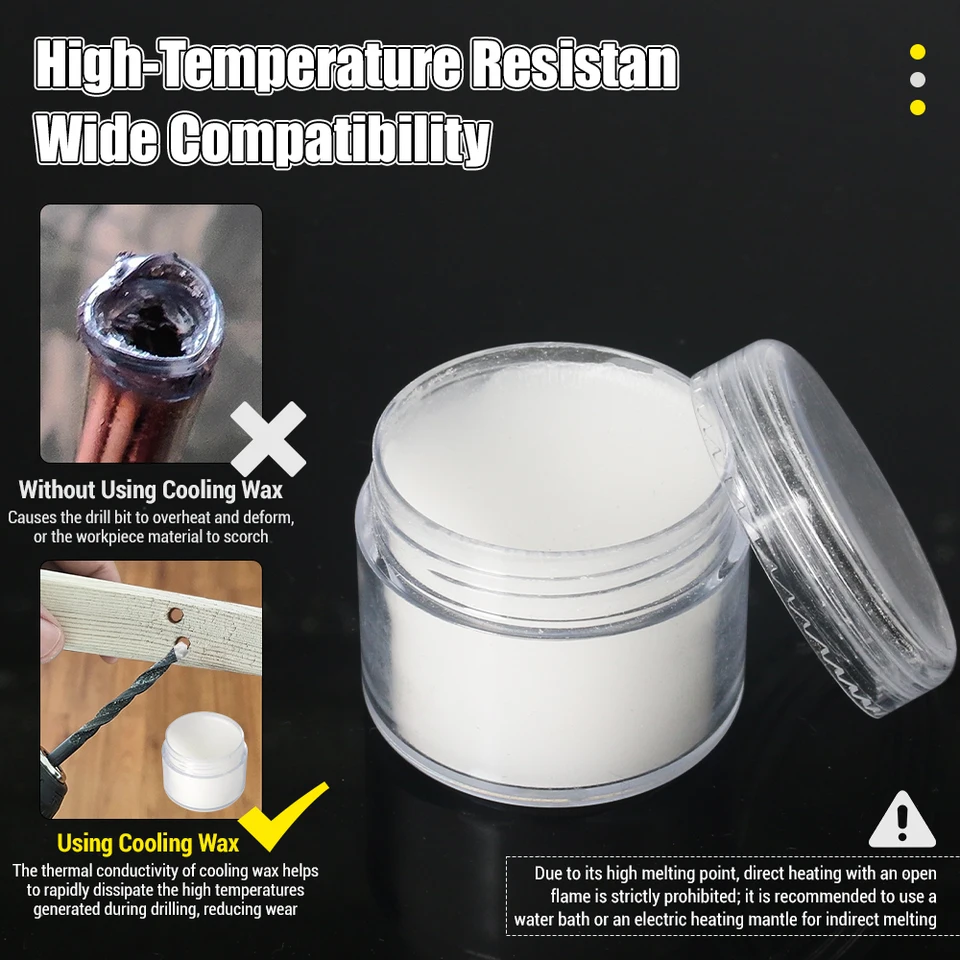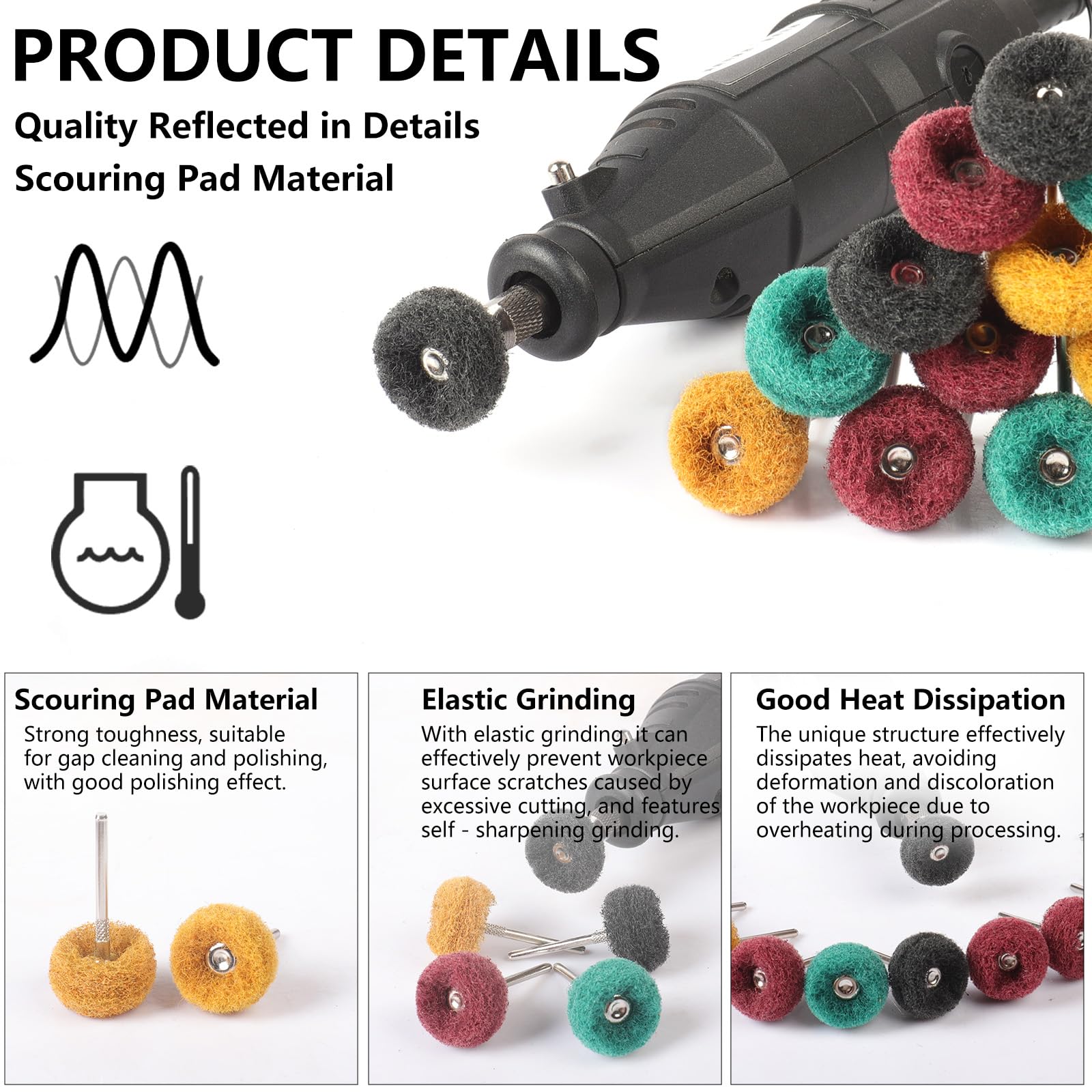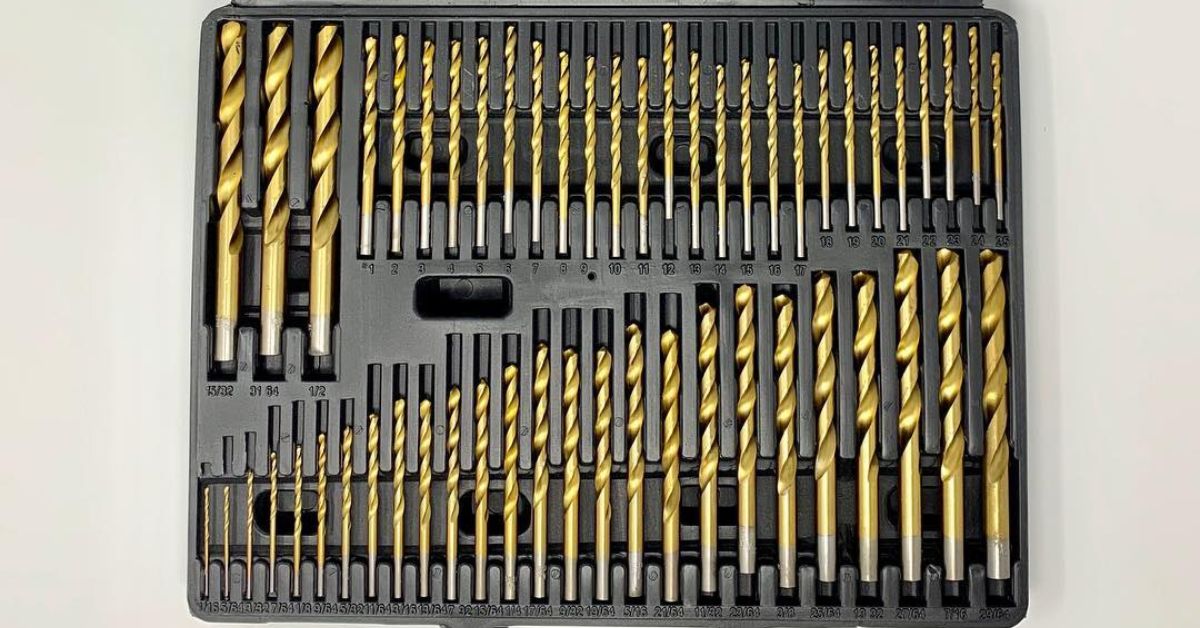Have you ever noticed your drill bit getting too hot or changing shape while you’re working? It’s frustrating and can slow down your project or even ruin your tools.
But why does this happen? Understanding the reasons behind your drill bit overheating or deforming can save you time, money, and stress. You’ll discover simple tips and expert advice to keep your drill bits cool and sharp, so your work goes smoothly every time.
Keep reading to find out what’s causing these problems and how you can fix them fast.
Article Summary
Common Causes Of Overheating
Drill bit overheating or deforming is a common problem during drilling tasks. Understanding the causes helps prevent damage and improve performance. Overheating happens due to several key factors. Identifying these factors is the first step to fixing the issue.
Excessive Drill Speed
Running the drill too fast creates a lot of heat. High speeds cause friction between the bit and material. This friction heats the drill bit quickly. Lowering the speed helps reduce heat buildup. Match the speed to the material type for best results.
Improper Pressure Application
Pressing too hard on the drill bit increases friction and heat. It also causes the bit to wear out faster. Light, steady pressure lets the bit cut smoothly. Avoid forcing the drill into the material. This keeps the bit cooler and sharper.
Inadequate Cooling Or Lubrication
Cooling helps remove heat during drilling. Lack of lubrication or coolant makes the bit overheat. Use water, oil, or special lubricants to cool the bit. Keep the drill bit wet during long or tough jobs. This reduces friction and prevents damage.
Worn Or Dull Drill Bits
Dull bits need more force and spin longer, causing heat. They do not cut cleanly, creating more friction. Replace or sharpen dull bits regularly. Sharp bits cut faster and stay cooler. This saves time and protects the drill.
Incorrect Drill Bit Material
Using the wrong bit material for the job causes overheating. Soft bits wear quickly and heat up fast. Hard materials need harder bits like cobalt or carbide. Choose the right drill bit for the material. This improves durability and reduces heat.

Credit: www.aliexpress.com
Signs Of Drill Bit Deformation
Drill bit deformation can cause many problems while working. Spotting signs early helps avoid damage to your tool and workpiece. Deformed drill bits reduce drilling quality and can break easily. Watch for changes in the bit’s shape, sharpness, color, and sound. These clues show the bit is under stress and overheating.
Visible Bending Or Warping
Bent or warped drill bits do not drill straight holes. The bit may look twisted or curved. This bending can happen from too much heat or pressure. A bent bit causes uneven holes and can break suddenly. Always check the bit before and after use for any shape changes.
Loss Of Sharpness
Dull drill bits cut less efficiently. The edges become rounded or chipped. A sharp bit drills faster and cleaner. If the bit feels blunt or you need more force, it has lost sharpness. Heat and friction wear down the cutting edges quickly.
Discoloration Due To Heat
Color changes on the drill bit surface show overheating. Bits can turn blue, black, or brown. This means the metal has become too hot. Overheated bits lose hardness and break more easily. Check the bit color regularly to catch overheating early.
Unusual Drilling Noise Or Vibration
Strange sounds or shaking during drilling signal bit problems. A bent or dull bit causes noise and vibration. This affects control and drilling accuracy. Stop drilling if you hear grinding, squealing, or feel strong vibrations. These signs warn of bit damage or failure.
Impact Of Overheating On Drilling Performance
Overheating during drilling affects how well the tool works. It can cause problems that slow down your job and reduce the quality of the work. Understanding the impact helps you avoid damage and save money.
Reduced Cutting Efficiency
Heat changes the shape of the drill bit. It becomes less sharp and cannot cut properly. This makes drilling slower and harder. You might have to apply more force, which can cause more heat and wear.
Damage To Work Material
Too much heat can burn or melt the material you drill. This causes rough holes and weakens the surface. The workpiece may crack or break more easily. It ruins the final look and strength of your project.
Shortened Drill Bit Lifespan
Overheating wears out the drill bit quickly. The metal loses hardness and chips or bends. You need to replace bits more often, which costs time and money. Proper cooling and speed control help keep bits longer.

Credit: www.amazon.com
Preventing Overheating And Deformation
Preventing drill bit overheating and deformation keeps your tools working longer. It also helps you get cleaner, safer holes. Simple habits make a big difference. Here are key tips to protect your drill bits and improve performance.
Selecting The Right Drill Speed
Use the correct speed for the material you drill. High speed can cause excess heat and wear. Soft materials need faster speeds. Hard materials require slower speeds to avoid damage. Check your drill’s manual for speed charts.
Applying Proper Pressure
Push the drill bit gently but firmly. Pressing too hard creates friction and heat. Too little pressure wastes time and wears the bit unevenly. Find a steady, moderate pressure that lets the bit cut smoothly.
Using Cooling Agents Or Lubricants
Apply water or oil while drilling metal. Lubricants reduce heat and help chips flow out. For wood or plastic, keep the bit clean and cool with breaks. Cooling protects the bit’s edge and shape.
Regularly Inspecting And Replacing Bits
Check bits for dullness, cracks, or bending. Worn bits heat up faster and deform easily. Replace damaged bits before they cause problems. Good maintenance saves money and improves safety.
Choosing Suitable Drill Bit Types
Select bits designed for your project material. High-speed steel suits wood and plastic. Carbide tips work best for hard metals. Using the right bit reduces wear and overheating risks.
Expert Tips For Optimal Drilling
Drill bit overheating and deforming can stop any project fast. Proper technique and care keep your drill working well and safe. These expert tips help you drill better and avoid common problems.
Pre-drilling Pilot Holes
Start with a small pilot hole to guide the bigger drill bit. This reduces pressure on the bit and prevents overheating. Pilot holes make drilling easier and more accurate. They help keep the drill bit cool by lowering friction.
Maintaining Drill Equipment
Keep drill bits sharp and clean for best results. Dull bits cause more heat and wear out quickly. Use the right drill bit for the material you work on. Lubricate bits when drilling metal to reduce heat. Regularly check your drill for damage or loose parts.
Adjusting Technique For Different Materials
Change drill speed based on the material hardness. Slow speeds work better for metals to avoid heat. Faster speeds suit wood and softer materials. Apply steady, even pressure without forcing the drill. Let the bit do the work to prevent bending or breaking.

Credit: www.drillbitwarehouse.com
Frequently Asked Questions
Why Does My Drill Bit Get Too Hot Quickly?
Drill bits overheat due to excessive friction from high speed or too much pressure. Lack of lubrication also causes heat buildup. Using the right speed and applying cutting fluid can prevent overheating and extend the bit’s life.
How Can I Stop My Drill Bit From Deforming?
Deformation happens when the drill bit overheats or faces excessive force. Use proper speed, steady pressure, and sharp drill bits. Cooling the bit regularly and using the correct bit type prevents bending or warping during drilling.
What Drilling Speed Prevents Bit Overheating?
Lower speeds reduce friction and heat generation. Hard materials require slower speeds, while soft materials allow faster drilling. Always follow manufacturer speed recommendations to avoid overheating and bit damage.
Does Using The Wrong Drill Bit Cause Overheating?
Yes, using the incorrect bit material or type increases friction and heat. For example, using a wood bit on metal causes excessive heat. Choose the right bit for your material to prevent overheating and damage.
Conclusion
Drill bits overheat or deform mainly due to too much pressure or speed. Using the wrong bit for the material also causes problems. Lack of cooling or lubrication makes heat build up quickly. Always check your drill settings and bit type before starting.
Let the bit cool down if it feels hot. These steps help your drill bit last longer and work better. Keep your tools in good shape for safer, smoother drilling. Simple care makes a big difference in your projects.